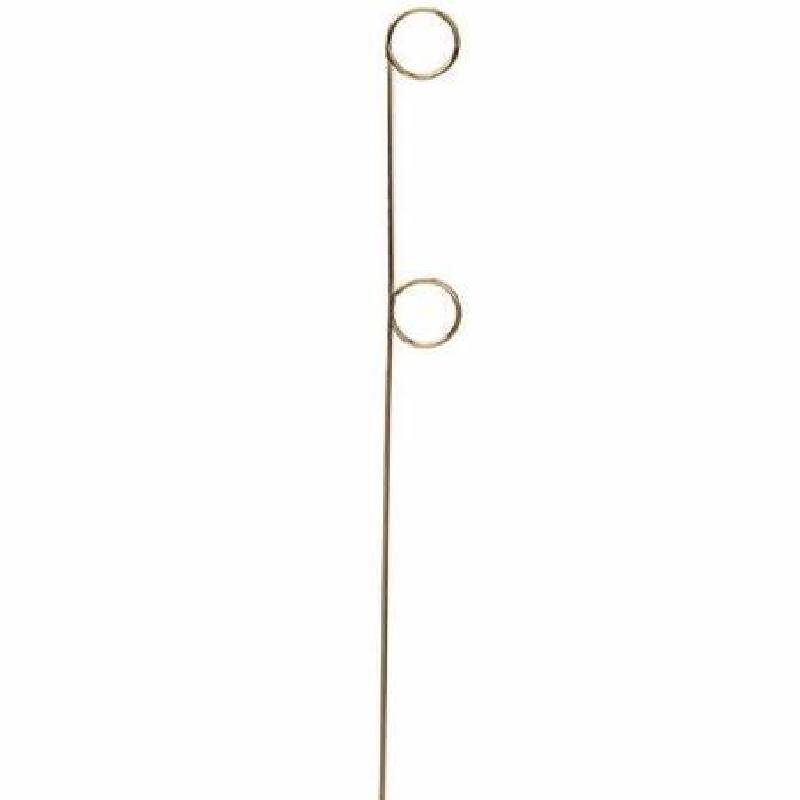
- Mobile Phone
- +8613931874955
- sales@cntcmetal.com
Optimal Spacing Recommendations for Cavity Wall Ties in Construction Projects
Understanding the Spacing of Cavity Wall Ties Importance and Best Practices
Cavity wall construction has gained popularity due to its effectiveness in thermal insulation and moisture control. In this type of wall system, which consists of two separate wall leaves with a gap or cavity in between, the use of wall ties is essential. These ties provide structural stability and maintain the alignment of the two layers while allowing for thermal movement and drainage. One of the critical factors in ensuring the effectiveness of cavity wall systems is the proper spacing of these ties.
Importance of Wall Ties
Wall ties serve multiple purposes in cavity wall constructions. They connect the inner leaf (often made of brick or block) to the outer leaf (usually facing brick), providing additional strength to the overall structure. Moreover, they help to prevent the two walls from moving independently under various loads and thermal changes. If the ties are improperly installed or spaced incorrectly, the structural integrity of the wall may be compromised, leading to potential issues such as cracking, water ingress, and even complete wall failure.
Recommended Spacing of Cavity Wall Ties
The spacing of cavity wall ties is guided by various building codes and standards, which take into account the wall height, thickness, and material specifications. Generally, a common guideline suggests that wall ties should be spaced at a maximum of 600 mm vertically and 900 mm horizontally. Additionally, ties should always be installed at increments that correspond with the weep holes in the outer leaf to facilitate drainage and moisture control.
It is crucial to note that these spacing recommendations may vary based on local building regulations and specific project requirements. Therefore, it is imperative for engineers and contractors to consult these guidelines to ensure compliance with safety standards.
Factors Influencing Tie Spacing
Several factors influence the appropriate spacing for cavity wall ties
. These includespacing of cavity wall ties

1. Height of the Wall Taller walls typically require a closer tie spacing to ensure stability. As the height increases, the potential for lateral movement also increases, necessitating additional reinforcement.
2. Type of Building Materials The materials used for both the outer and inner walls can affect tie spacing. For instance, heavier materials may require more closely spaced ties to manage the additional weight.
3. Environmental Conditions Areas prone to high winds, seismic activity, or extreme temperatures may also require tighter spacing of wall ties. Proper analysis of local conditions ensures that structures can withstand varying environmental stressors.
4. Load-Bearing Requirements Buildings designed to carry more significant loads may necessitate additional wall ties or closer spacing to prevent structural failure.
Best Practices for Installation
To maximize the effectiveness of cavity wall ties, adherence to proper installation practices is essential. This includes
- Ensuring that ties are made from corrosion-resistant materials, especially in areas with high humidity or salt exposure. - Checking that ties are installed at appropriate angles, typically at 15 degrees from the vertical, to facilitate drainage. - Regularly inspecting ties during construction to confirm they are securely anchored and properly spaced.
Conclusion
The spacing of cavity wall ties is a vital element in the design and construction of cavity wall systems. Proper tie spacing not only ensures the structural integrity of the wall but also plays a significant role in moisture management and overall building performance. By understanding the importance of wall ties, factors affecting spacing, and best practices for installation, builders and architects can create safe and lasting structures that stand the test of time. It is essential to prioritize this aspect in any construction project to achieve optimal results while meeting the necessary safety regulations and standards.
share:
-
Why Sacrificial Formwork Is Redefining Underground ConstructionNewsJun.06,2025
-
The Structural Dynamics of Modern Concrete: How Snake Spacers Revolutionize Flexible ReinforcementNewsJun.06,2025
-
Snake Spacers Smart-Lock Concrete Reinforcement with Surgical PrecisionNewsJun.06,2025
-
Snake Spacers: Reinforcement Precision for Modern Concrete ProjectsNewsJun.06,2025
-
Snake Spacers Powering Concrete's Structural DNANewsJun.06,2025
-
Slither into Success: Snake Spacers' Precision Bite for Unbreakable ReinforcementNewsJun.06,2025
-
Sacrificial Formwork: Building Stronger, Faster, and Safer StructuresNewsJun.06,2025



















